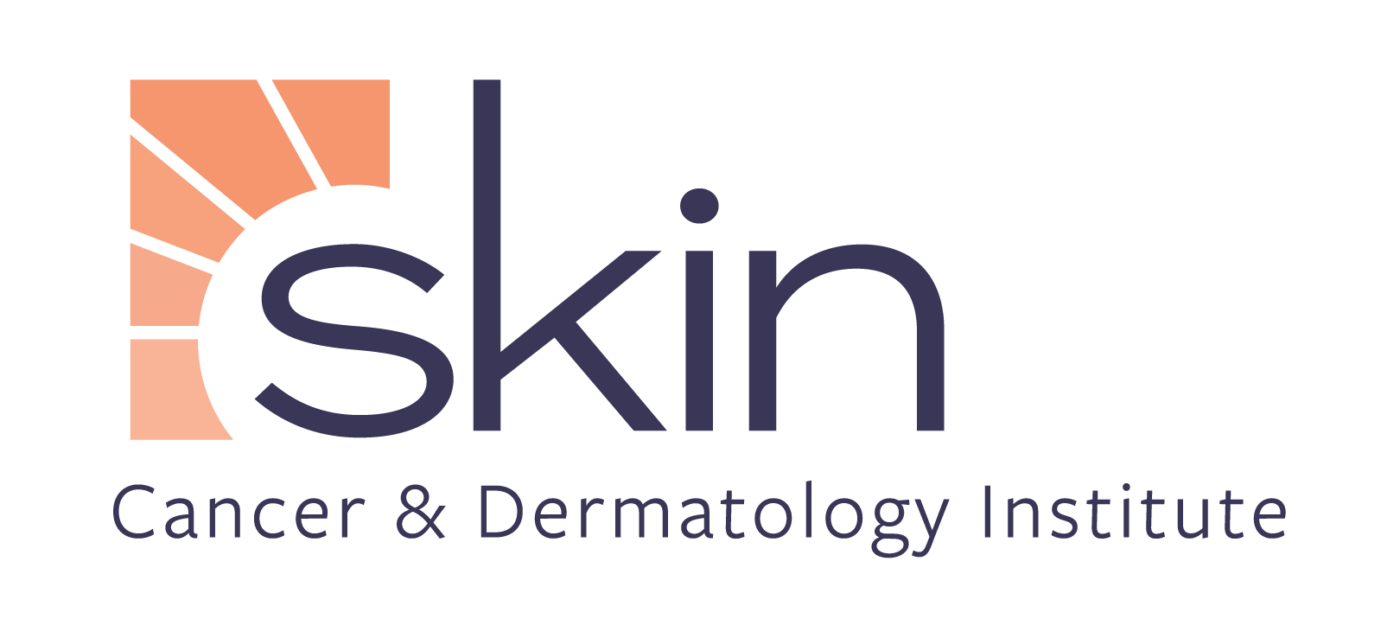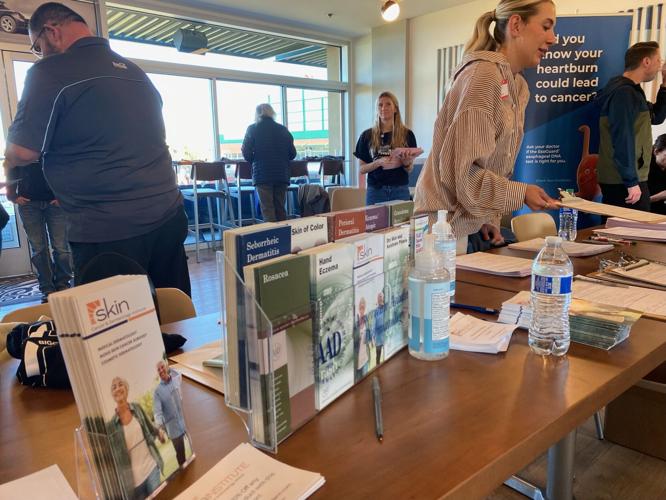The Biggest Little Skin Cancer Screening was held at the Greater Nevada Field on May 7.
This was a free skin cancer screening event put on by the Nevada Cancer Coalition, the Reno Aces and the City of Reno.
For those who stopped by, there were raffle prizes, music and, of course, skin-safe goodie-bags and a handy reference guide for spotting suspicious moles. All to help motivate the community to get screened to stay healthy.
“This is really important to us. We value ourselves as community partners and too be able to use our venue for an event like this is soothing,” said Chris Phillips, the General Manager and COO of the Reno Aces. “We strive to do it all the time, we partner with great community partners and makes all the difference.”
“Skin cancer effects one in five Americans in their lifetimes so this is an opportunity to come out and get your skin checked for free because the earlier we catch skin cancer the better,” said Dr. Whitney Hovenic, a dermatologist and surgeon at the Skin Cancer and Dermatology Institute.
The Biggest Little Skin Cancer Screening is the brainchild of Dr. Hovenic. “This was originally a conversation I had with the Nevada Cancer Coalition back in January… so here we are five months later and today’s the day,” she added.
“Anyone who has skin can get skin cancer, and with more than 300 days of sunshine here in the Truckee Meadows, we have a little higher risk of developing skin cancer if we’re not extra vigilant with sunscreen or other preventive measures,” Dr. Hovenic said. “The great thing is that if we find abnormal growths and cancerous lesions early, we can easily treat them, sometimes right in the office.”
“I think it’s something that goes overlooked a lot of times, and it’s a very easy, preventable way to make sure you’re taking care of yourself, taking care of your family, and it is a fun, free, easy way to do it,” Phillips emphasizes.
This is the first year for this event. It will be held annually.
It’s a great opportunity to check out your skin for cancer, especially before summer hits and more people will be enjoying the outdoors.
“Living in this climate we live at high altitude sun we love to work and play outdoors here in Reno, and we have an amazing environment to do it in, but it does put us at a higher risk to developing skin cancer down the road,” said Dr. Hovenic.
According to the Nevada Cancer Coalition, in addition to wearing a broad spectrum, SPF 30 or greater sunscreen, several additional steps can be taken to reduce the risk of skin cancer. Those include:
- Wearing sun protective clothing such as long sleeves and pants. Many sportswear companies offer SPF protection built into the fabric and made to protect skin from the sun while keeping the wearer cool.
- Adding sun-smart accessories like a wide-brimmed hat to protect the scalp, ears, nose, neck and shoulders, and wearing UV-protective sunglasses. Many people don’t realize they can get melanoma in their eye!
- Seeking shade during peak sun hours, generally from 10 a.m. to 4 p.m. This could be just staying indoors during this time, but it could also be doing things such as using a shade umbrella or sitting under a shade tree or awning.
- Avoiding tanning beds. Tanning beds are NOT safer than the sun and in fact are much more dangerous. Indoor tanning emits UV radiation in amounts 10-15 times higher than the sun at peak intensity. The Skin Cancer Foundation notes that more people develop skin cancer because of indoor tanning than develop lung cancer because of smoking.
In addition to working to prevent skin cancer, Nevadans can perform regular skin checks on themselves by looking at all areas of their skin (a mirror and a partner are always helpful with this) to look for any changes in their skin such as moles or lesions that have changed color, increased in size or become itchy or oozing.
The basics to watch for are moles or spots that follow the ABCDEFs:
- Asymmetry – moles that are an irregular shape.
- Border – moles that have a ragged rather than smooth border.
- Color – moles that have several colors or have changed color.
- Diameter – moles that are larger than the size of a pencil eraser.
- Evolving – moles that have changed over time in any of the above-mentioned ways.
- Feeling – moles that itch or burn.
For more information on sun safety, skin cancer prevention and early detection, and Sun Smart Nevada, visit the link by clicking here.


